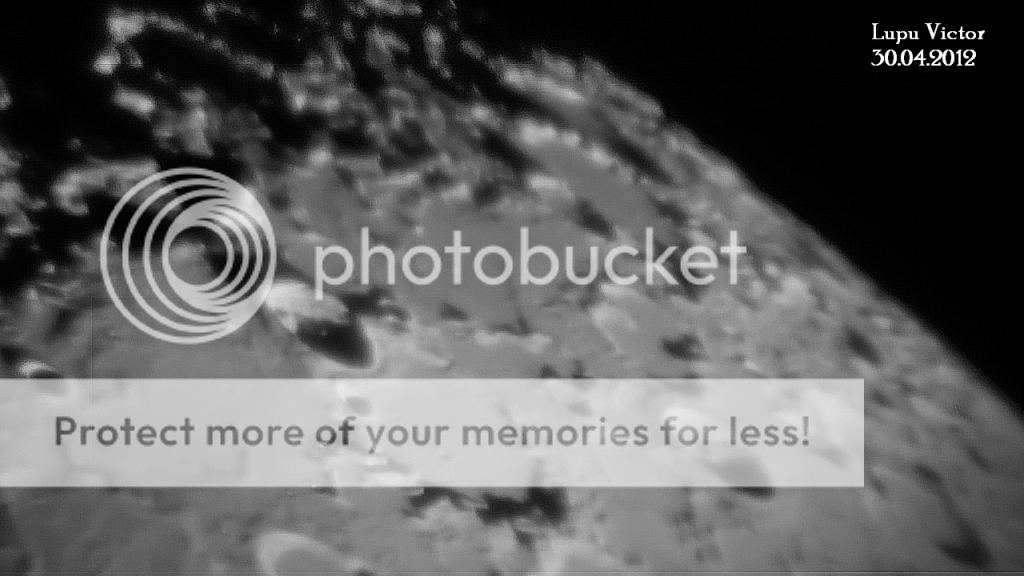 |
| Goldschmidt crater, 22 frames, at 90% best quality in Registax. |
 |
| Goldschmidt crater, 2 frames, at 100% best quality in Registax |
 |
| Goldschmidt crater, 4 frames, at 90% best quality in Registax |
 |
| Goldschmidt crater, 22 frames, at 90% best quality in Registax. |
This crater eponymous is Hermann Goldschmidt is known for the discovery of the asteroid Lutetia. It was both astronomer and painter, born in Germany in the 18th century, but the rest part of his life he spent in France.
Anaxagoras (51 km) is attached to Goldschmidt, in the west of it. It doesn't look like the one we've discussed earlier, having a circular shape, sharp edges and a floor full of rugged mountain ranges, with a depth of 3 km. Its floor can not be seen in these images, because is covered by shadow, but we can see the inside western wall in the sunlight.
Due to the phases of the Moon, in these photoswe do not notice the ray system that starts from Anaxagoras, but when the Moon it's full, it becomes very prominent. It spans at a great distance around it, 900 km, reaching the crater Plato (101 km), to the south. For the albedo radiation is intense, we indicate that Anaxagoras crater is young.
Images are processings from Registax, of a video from which were taken a variety of shots, merged to form a single image.
Age of the Moon: 8 days
Phase: 59% (0% = New, 100% = full)
Distance: 381,110 km
Optics: Celestron C8-Newtonian telescope, 20mm Plossl, 2x Barlow
Mount: CG5 (EQ5) motorized
Camera: Sony CX130
Filter: no
Date: 30/04/2012
Location: Baia Mare, Romania
Processing: Registax, FastStone Image Viewer
Image above is made on April 13, 2011.




 Thursday, July 25, 2013
Thursday, July 25, 2013
 Unknown
Unknown



 Posted in:
Posted in: 


0 comments:
Post a Comment